The upheaval of 2020 caught the organization we lead, Red Eye Theater—a venue and incubator of experimental performance in Minneapolis, Minnesota—already in the midst of a major transition. Not only had we lost our space of nearly thirty years to a wave of gentrification, but the co-founders had recently passed the torch to the seven of us as new leaders under a collective leadership model, with a horizontal structure and consensus-based process.
Now two years into the experiment, we co–artistic directors gathered to discuss collective work and how it intersects with our artistic lives and close communities, so others can think about alternative models for organizing their own work.
Andrew Lee Dolan: It feels like there’s an assumption from some in the field that hierarchy is the way. But collective leadership makes sense to us. We are seven people—we all got this. Why would we place one of us above another person?
Theo Langason: Did we create a collaborative dynamic or did we choose the structure and then the dynamic created itself?
Hayley Finn: From the beginning, we wanted all of us as new leaders to continue our own artistic practice while still being part of Red Eye—our artistic processes would feed into how we were working together as a collaborative.
Everyone brings not just different skill sets but different perspectives into the conversation, which makes it richer and more alive and dynamic. It challenges my assumptions.
Andrew: We all have really strong opinions, and we have to duke it out. That’s what collaboration is.
Valerie Oliveiro: Collective leadership is a huge opportunity for complexity. But what has been really meaningful for me is the ability to learn about how to make space in my own body for us to be with each other consistently.
Emily Gastineau: It’s important to practice not knowing in advance, so you can arrive somewhere you maybe didn’t expect, and at something that could only come about between that particular constellation of people.
Jeffrey Wells: In the performing arts world, it feels like there’s a lot of risk right now. There’s something about working in collaboration that provides a real sense of support and safety, that allows me to push forward the creative risk, or the helpful or exciting risk, that I want to take. And it mitigates the system risk I would rather not have to deal with alone.
There’s something about working in collaboration that provides a real sense of support and safety, that allows me to push forward the creative risk, or the helpful or exciting risk, that I want to take. And it mitigates the system risk I would rather not have to deal with alone.
Hayley: In more traditional structures, there is a separation of management, finances, and the artistic work. By having seven people working together, we’re all leaders in all the areas.
Theo: When you say traditionally, Hayley, it’s like, whose tradition, right? What the seven of us are doing isn’t terribly revolutionary. The only difference is that we backdoored our way to traditional funding structures and resources. Now we have the backing of a thirty-eight-year-old organization but can apply a more community-focused, person-focused lens to it.
Rachel Jendrzejewski: Totally. This is making me think of the article you shared a while back, Theo, about white supremacy culture in the workplace. Collective leadership isn’t especially new, and it definitely doesn’t magically make everything equitable, but it does push against a lot of norms in United States nonprofit culture that are deeply entrenched. We’ve acknowledged that multiplicity is a value that we share, that collaboration takes longer.
Hayley: Yes. And we’ve carried that concept of a multiplicity of voices in all aspects of our work and have collectively created structures to get our work done. For example, all work is done in subcommittees. Originally there were only one or two people in each committee, but then we decided most committees should have three people to ensure a multiplicity of voices.
Andrew: Everybody has a specific area of responsibility that they must hold, and the group will hold them accountable to that responsibility. But I think we still have seven different definitions of collective, of consensus, of how we make decisions.
Emily: I got bothered by how we are using the word “leadership” just now. We haven’t interrogated that as much as we have “collective” and “collaboration.” I think we’re really talking about our responsibility to each other and our responsibility to the artists we work with, our supporters, and people in our community.


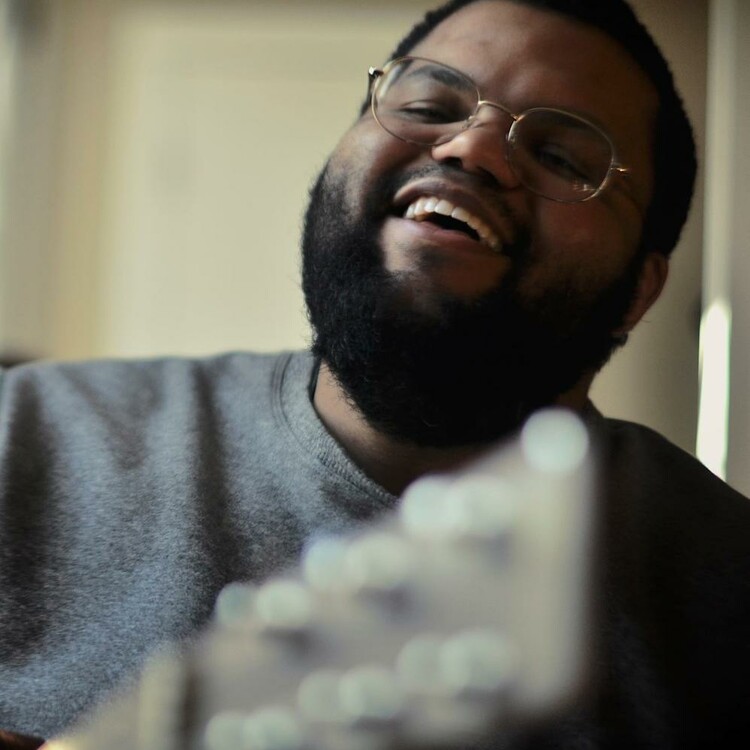
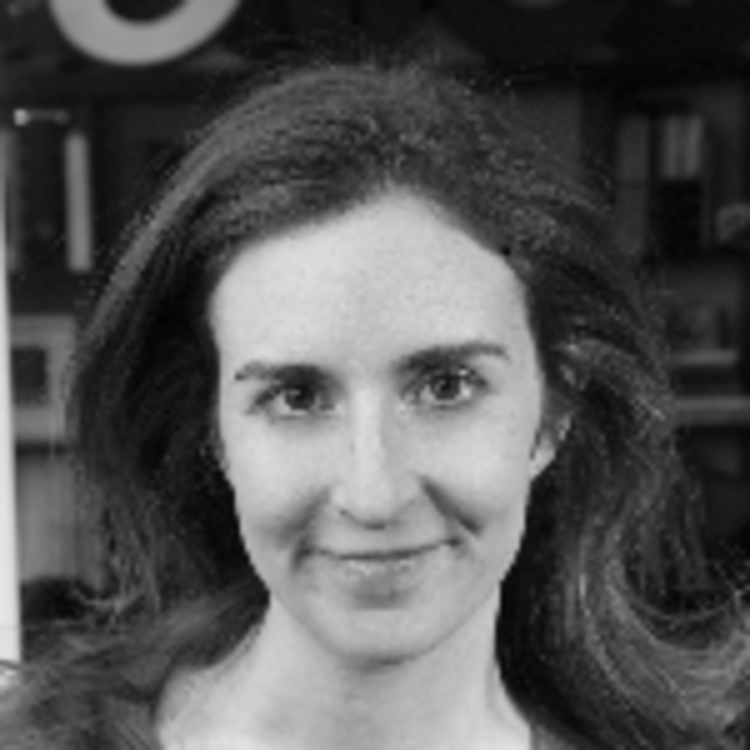
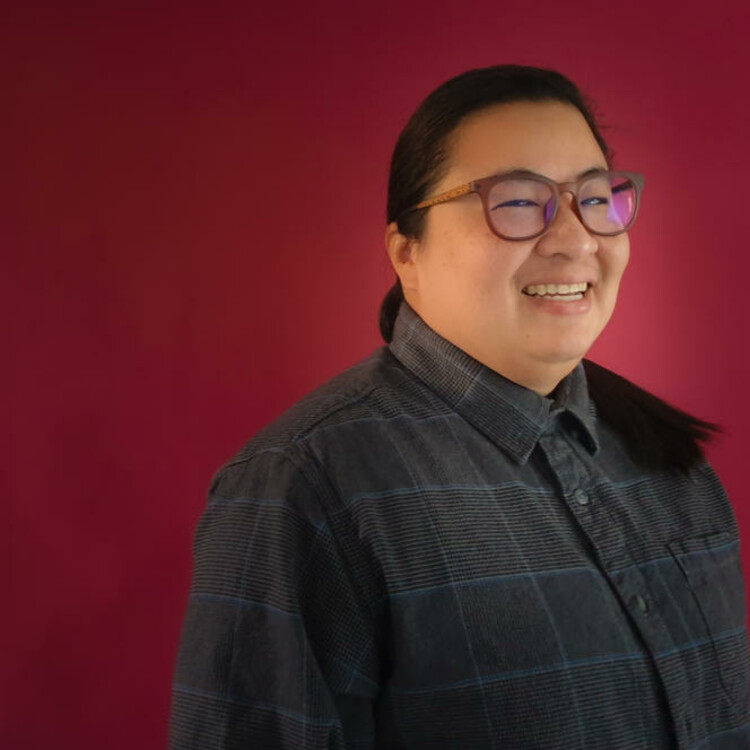
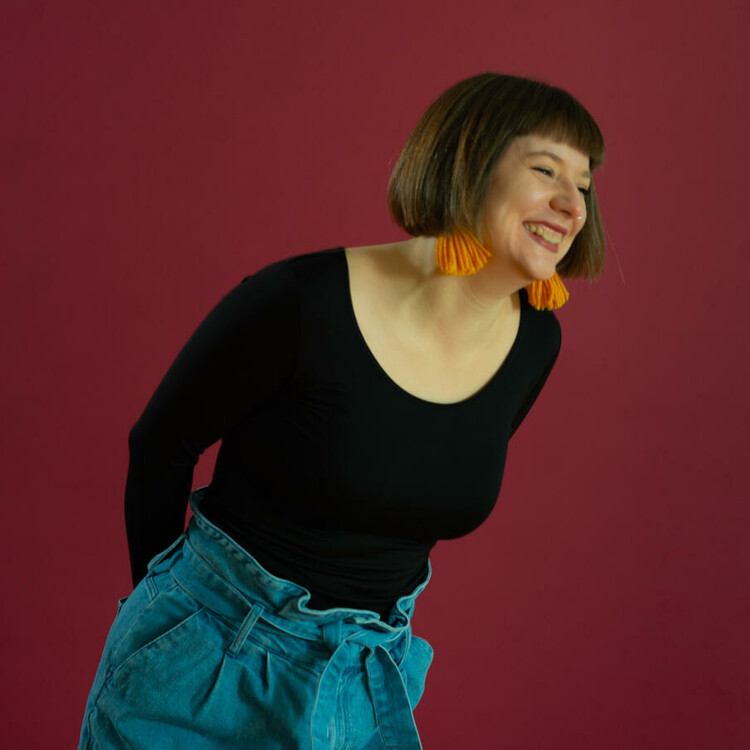
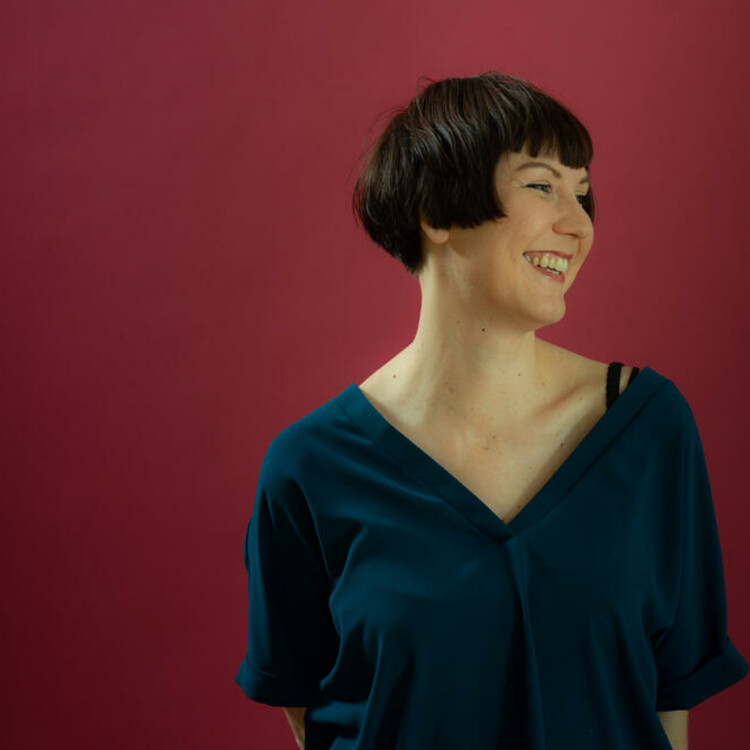
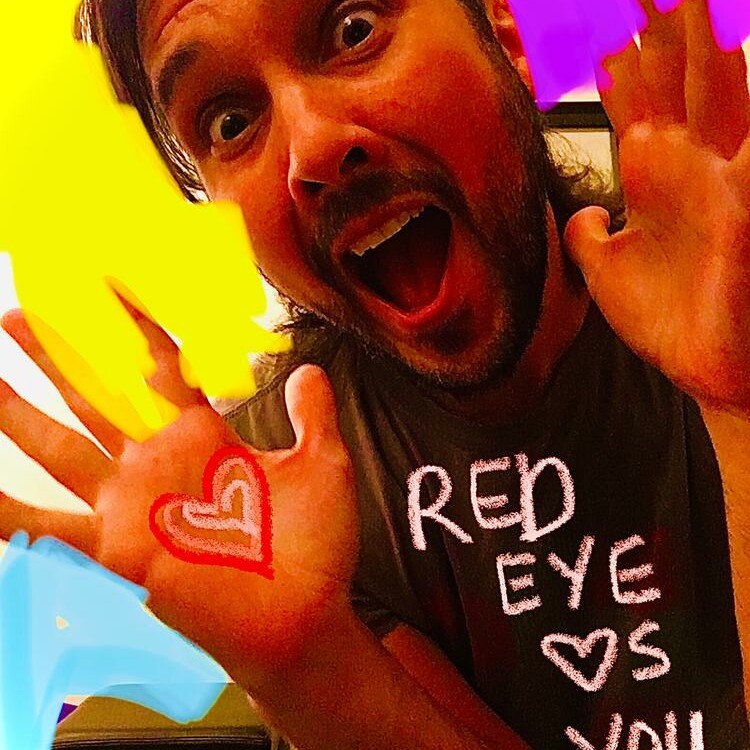
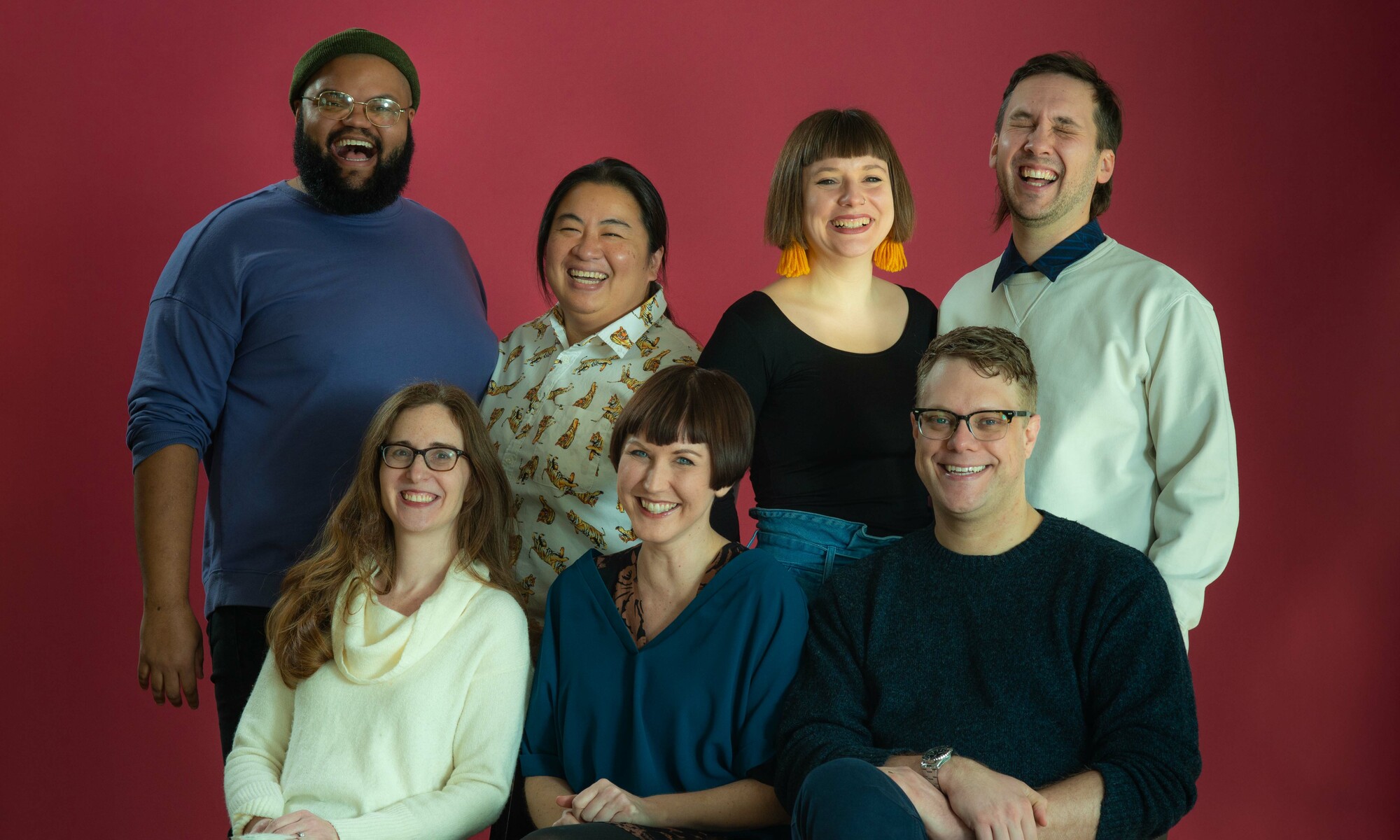



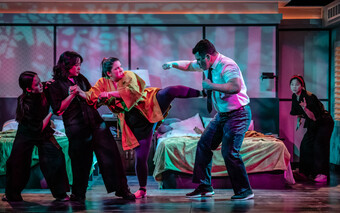



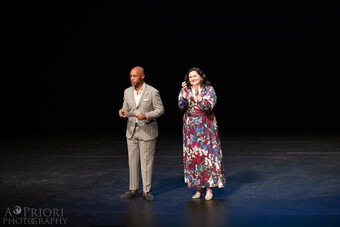


Comments
The article is just the start of the conversation—we want to know what you think about this subject, too! HowlRound is a space for knowledge-sharing, and we welcome spirited, thoughtful, and on-topic dialogue. Find our full comments policy here